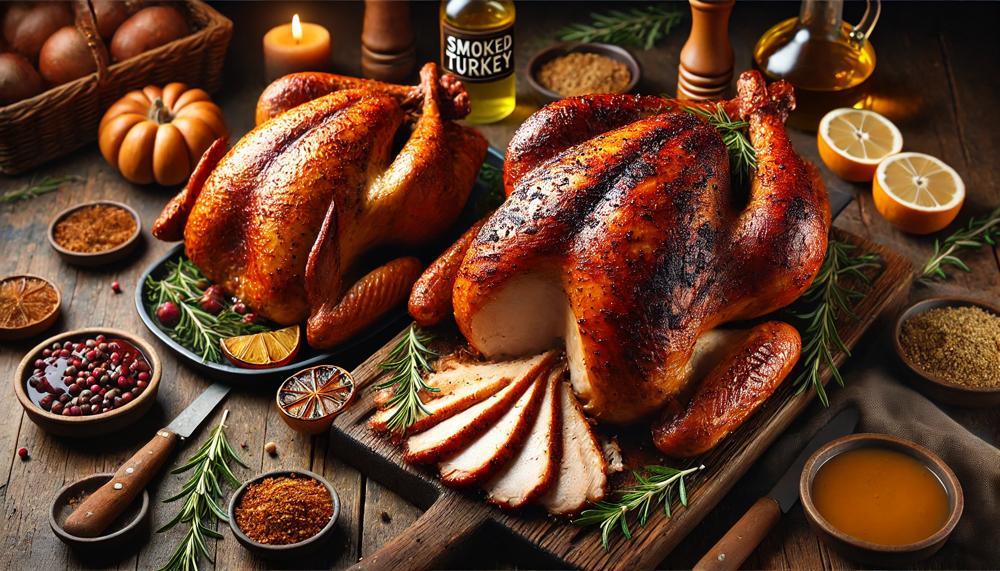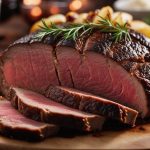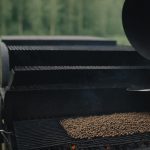In the world of grilling and barbecuing, the debate often simmers around efficiency and cost-effectiveness, and one recurring question stands out: is it acceptable to reuse charcoal briquettes? The answer, in short, is a resounding yes. Not only is it permissible to reuse unburned charcoal, but it’s also a smart practice that can yield multiple benefits.
Imagine this: you’ve just finished grilling, and there’s leftover charcoal in your barbecue. Instead of discarding it, you can save those unburned pieces for your next cookout. This approach not only saves you money but also contributes positively to the environment by reducing waste. Properly stored and managed, unused charcoal can be a valuable resource for future grilling sessions.

To delve deeper into this topic, let’s outline a few key takeaways:
- Cost Savings: Reusing charcoal allows you to maximize the value of your initial purchase, as good quality natural charcoal can be quite expensive.
- Environmental Impact: By reducing waste, you’re playing a small yet significant role in sustainability efforts.
- Effective Techniques: Using methods like a chimney starter and strategic placement of new charcoal ensures that your reused briquettes ignite quickly and efficiently.
- Quality Matters: Opt for 100% natural charcoal for best results when reusing, ensuring a consistent and flavorful grilling experience.
Next time you fire up the grill, consider the potential of those leftover briquettes. With a bit of foresight and the right techniques, you can transform what might have been waste into a valuable resource, all while enjoying delicious grilled meals. So, let’s explore the practicalities and benefits of reusing charcoal—it’s a decision that’s both economical and eco-friendly.
Contents
How to Reuse Charcoal in 3 Easy Steps
Here are the simple steps to effectively reuse charcoal briquettes for grilling:
- Allow Charcoal Briquettes to Cool: After grilling, let the charcoal briquettes cool completely, which typically takes about 24 hours. This step ensures safe handling and optimal performance during reuse.
- Remove Ashes: Once cooled, gently tap the grill or use a small brush to remove excess ashes from the briquettes. Clearing away ash buildup helps maintain consistent heat and improves airflow.
- Store Briquettes in a Dry Place: To preserve their quality, store the briquettes in a dry, sealed container or an airtight bag. Moisture can degrade charcoal, affecting its ability to ignite and burn evenly.
| Step 1 | Step 2 | Step 3 |
| Allow Charcoal Briquettes to Cool | Remove Ashes | Store Briquettes in a Dry Place |
Step 1: Start with New Charcoal
It’s not necessary to start grilling with new charcoal every time. Charcoal briquettes can be reused for subsequent grilling sessions if handled properly.
After grilling, ensure the charcoal cools completely, remove excess ashes, and store it in a dry, sealed container. This method preserves its quality and allows for efficient reuse.
To illustrate, consider the following insights:
| Step | Details | Benefits |
| Cooling | Let the charcoal cool completely after grilling. | Prevents accidental fires and ensures safe handling. |
| Ash Removal | Remove excess ashes from the charcoal. | Improves airflow and combustion efficiency. |
| Storage | Store charcoal in a sealed, dry container. | Preserves charcoal quality for future use. |
By following these steps, you extend the lifespan of your charcoal, saving money and reducing waste. This method not only supports sustainable grilling practices but also guarantees reliable performance during each cooking session.
Step 2: Add the Used Charcoal
Used charcoal briquettes can indeed be reused for grilling with proper care and attention to detail. Here are the best practices to ensure optimal results:
| Best Practices for Reusing Charcoal Briquettes | Details | Importance |
| Assessing Quality | Check if briquettes are mostly intact and not soaked in grease or liquids. | Ensures they can burn effectively without imparting unwanted flavours. |
| Removing Ash | Clear away excess ash to maintain airflow and heat consistency. | Prevents airflow restrictions that can affect grilling temperature. |
| Proper Storage | Store in a dry, ventilated area to prevent moisture absorption. | Preserves briquettes’ igniting ability and burning efficiency. |
| Mixing with New Charcoal | Combine used briquettes with new ones for balanced heat distribution. | Ensures consistent cooking temperature and prolongs burning duration. |
| Effective Ignition | Ensure briquettes are thoroughly lit before grilling. | Allows for proper heat generation and avoids uneven cooking. |
| Monitoring Heat | Watch grill closely initially to adjust to any variations in burning rate. | Ensures food is cooked evenly and prevents burning or undercooking. |
| Flavor Control | Consider cleaning and proper storage to mitigate any residual flavours. | Helps maintain the natural taste of grilled food. |
Step 3: Light ‘Er Up and Go
The best methods for lighting and reusing charcoal briquettes for grilling include:
- Charcoal Chimney Starter: This method is clean and efficient. Simply fill the chimney with charcoal, place it on a heat-proof surface, ignite the paper underneath, and let the chimney do the rest. It’s quick and ensures even ignition without lighter fluid.
- Fire Starter or Fire Lighter: Using fire starters or fire lighters is effective for a controlled burn. Place them under the charcoal and ignite. They’re designed to burn for long enough to light the charcoal evenly.
- Looftlighter Method: This electric tool blows hot air to ignite the charcoal. Point it towards the charcoal and gradually move it around until the coals catch fire. It’s fast and avoids the need for lighter fluid.
- Direct Method in the Grill: For smaller grills or low and slow cooking, lighting the charcoal directly in the grill can work well. Arrange charcoal in a pile and light using a starter cube or crumpled newspaper beneath a charcoal grate.
- Paper and Kindling Method: If you’re without special equipment, crumpled paper and kindling can be used. Build a pyramid of charcoal around the paper and light. It’s a simple method requiring basic materials.
Low and Slow Is a No-Go, Though
Potential Risks and Drawbacks of Reusing Charcoal Briquettes
| Drawbacks | Explanation | Recommendation |
|---|---|---|
| Reduced Heat Output | Charcoal briquettes lose efficiency with each use, producing less heat over time. | Start with fresh charcoal for optimal heat during long cooking sessions. |
| Longer Cooking Times | Used charcoal burns slower, prolonging the time needed for low and slow cooking. | Plan for extended cooking durations or replenish with fresh briquettes as needed. |
| Increased Risk of Flare-ups | Older charcoal can ignite unexpectedly, causing flare-ups that can burn food. | Monitor the grill closely and adjust cooking temperatures to control flare-ups. |
| Uneven Cooking | Unevenly burned charcoal can lead to inconsistent heat distribution. | Distribute briquettes evenly and rotate food as necessary for even cooking. |
| Potential Damage to Grills | Residue from used charcoal may accumulate and damage certain types of grills or smokers. | Clean grills regularly and inspect for any signs of damage or corrosion. |
Using charcoal briquettes for low and slow cooking methods can be tempting due to potential cost savings and reduced waste.
Conclusion
Reusing charcoal briquettes is a practice that’s not just permissible but advantageous, especially for the avid griller.
If you’re looking to both save on costs and tread lightly on the environment, consider this effective recycling strategy. Instead of tossing out the remnants of your last barbecue, store the unburned briquettes properly and reintroduce them for your next grilling session.
This method not only extends the life of the charcoal, saving you a penny or two, but also reduces waste, aligning with sustainable practices. When reusing charcoal, it’s crucial to ensure the briquettes are dry, free of excessive ash, and stored in a moisture-free environment to maintain their burning efficiency.
Remember, good quality natural charcoal works best for reuse, as it tends to burn cleaner and more evenly. By employing a few straightforward steps—cooling, cleaning, and storing—you can revitalize your grilling game.






